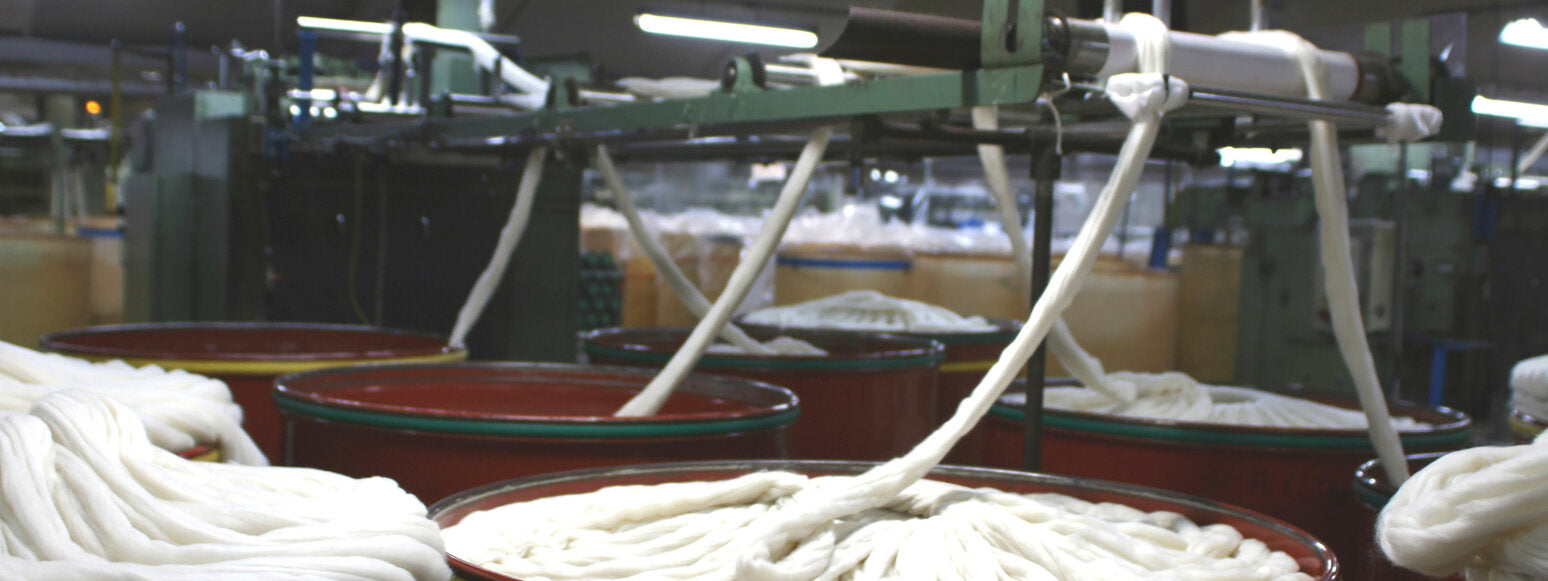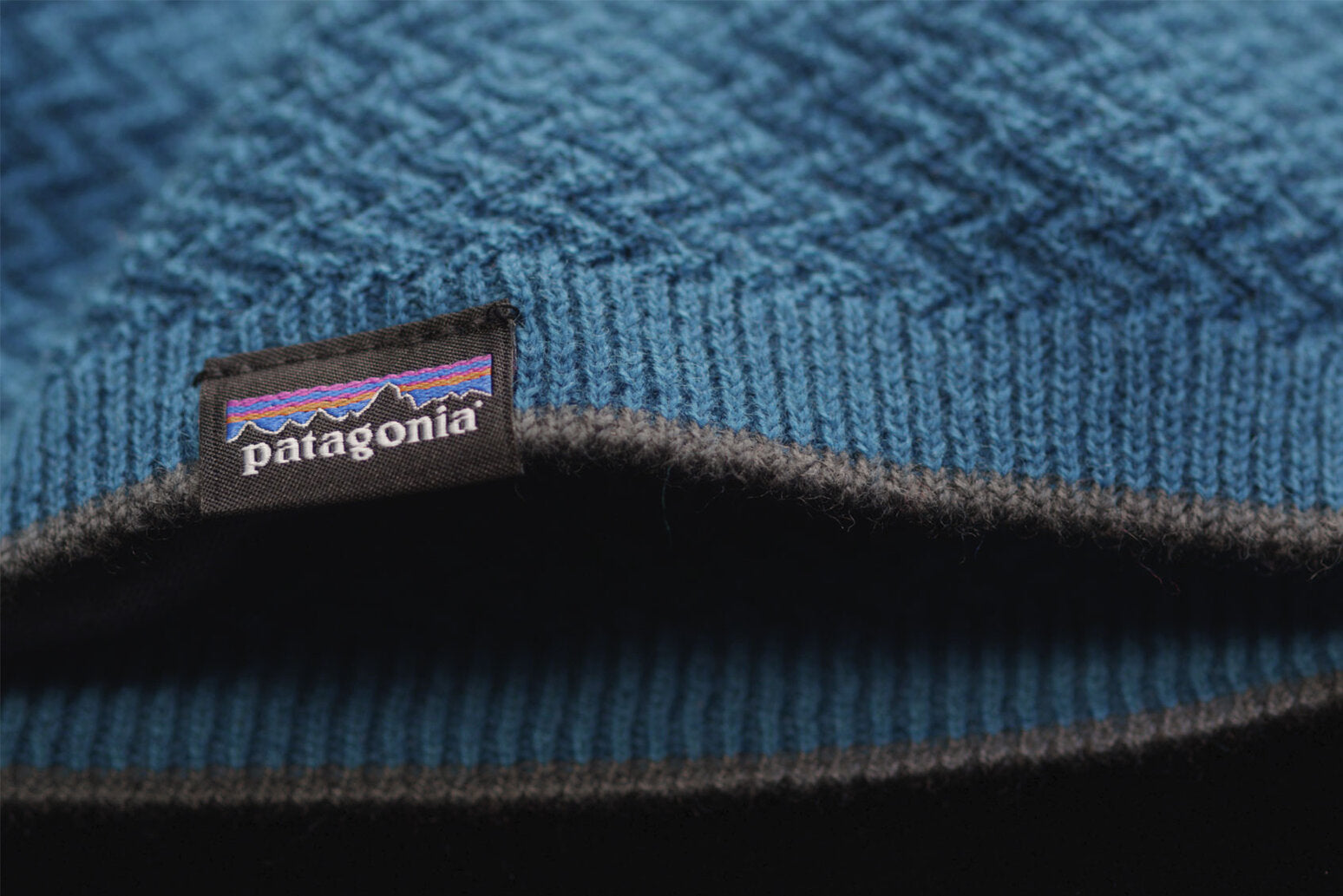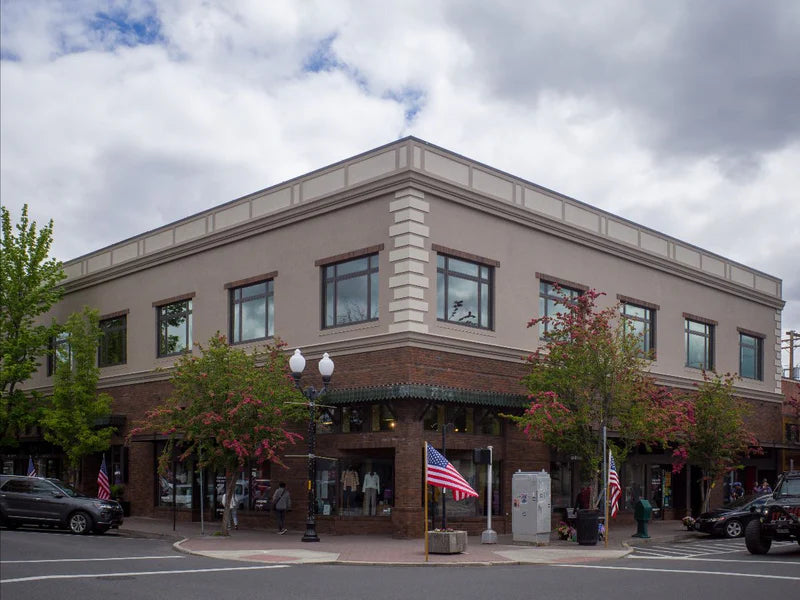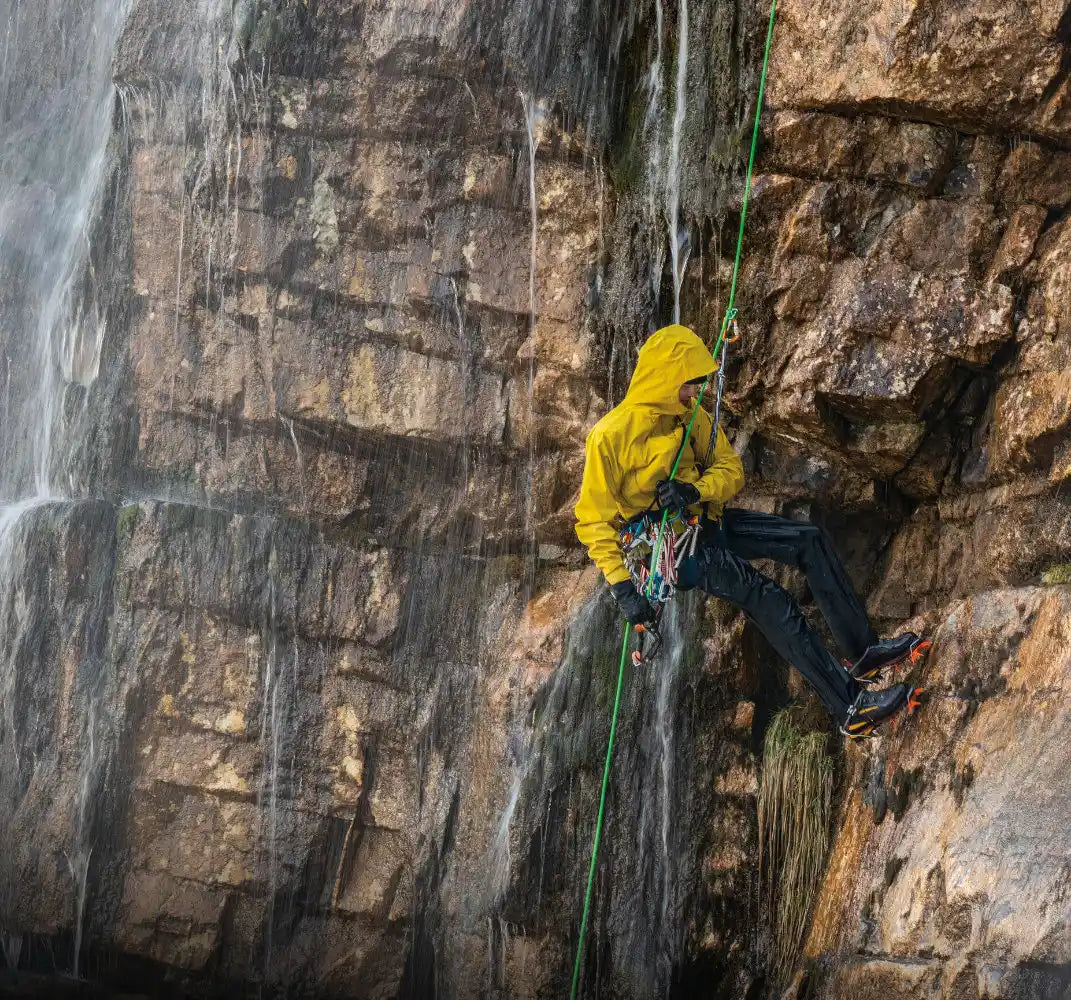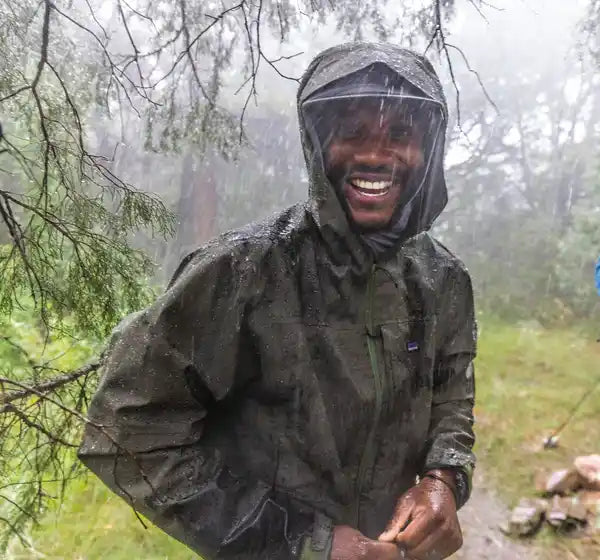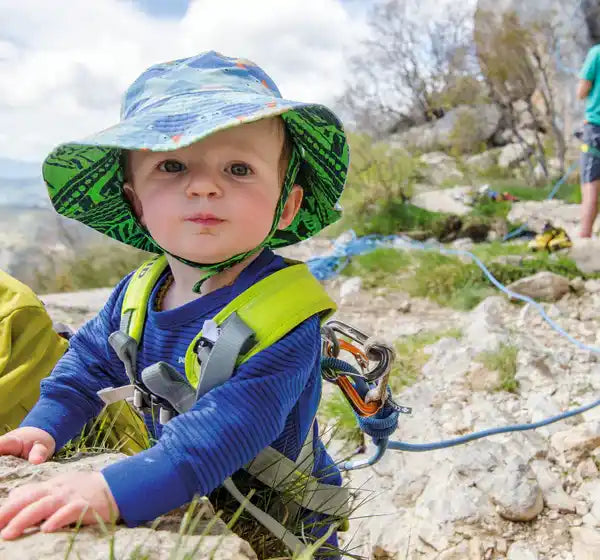Responsible Wool Standard
promotes standards for animal welfare and land management.
Why?
Wool is a natural fiber that insulates, breathes and lasts for a long time. Producing wool, however, is a resource-intensive job. It requires vast amounts of land for grazing sheep, water to clean the fiber, chemicals to treat the wool and dyes to color the finished product. In addition, not all wool supply chains provide humane treatment of animals, which is why Patagonia relies on the Responsible Wool Standard to source the wool in our products.
Where We Are
Starting in 2014, Patagonia began working with the Textile Exchange and other brands, suppliers, animal-welfare NGOs and farmers on developing the Responsible Wool Standard (RWS). Ultimately, Patagonia adopted this standard as their baseline requirement for farmers. They also developed their own Patagonia Wool Standard (PWS), which goes above and beyond the RWS. You can read more about the Patagonia Wool Standard here.
The RWS has created a solid standard that recognizes the best practices in animal welfare and land management that farmers are implementing. This globally available standard covers farm-level practices including handling, nutrition, shearing, medical treatments and sustainable grazing methods.
One hundred percent of the farms we source virgin wool from are RWS-certified. Moreover, the entire supply chain that processes the wool has strict chain-of-custody practices in place to ensure that the wool we sell came from certified farms and is not mixed with fiber from other sources.
What’s Next
Patagonia continues to work with the Textile Exchange and other brands to improve on the standard in future iterations.
As of March 2020, there were more than 170 RWS-certified entities, from farms to brands, in 23 countries worldwide. This is a striking achievement considering the relatively recent launch of the standard. They hope that over time the standard will account for a sizable component of the wool industry and will prove to consumers that wool can be produced using humane and environmentally sustainable methods.
The success of the RWS shows how cooperation among brands, buyers, processors and farmers can quickly change the sourcing landscape for the better. It also shows that farming methods can change to include best practices for animal welfare and land management, and that these farms are recognized and rewarded by the rest of the industry.












































